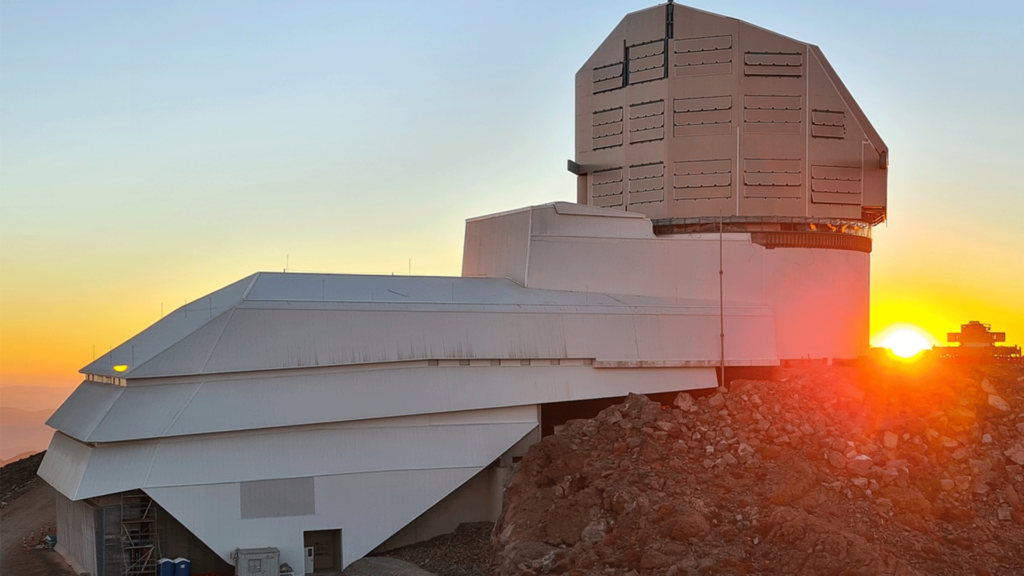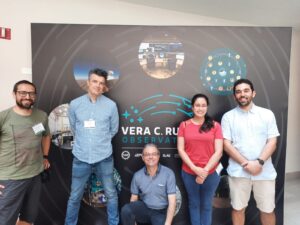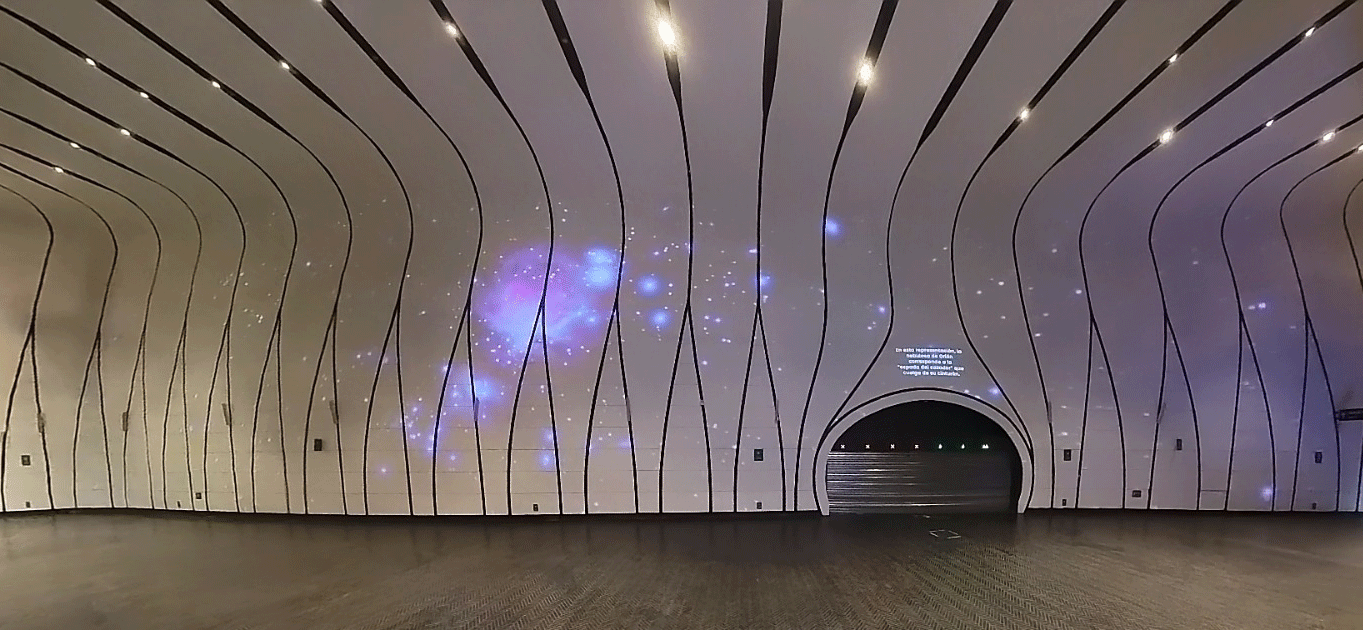
Having five MAS researchers as guests, from August 7 to 11, the Rubin Project and Community Workshop (PCW) in Tucson, Arizona, took place. The opportunity helped confirming the successful and massive use of the ALeRCE broker amongst the science community and suggest modifying the telescope's alerts to maximize the real-time supernovae discovery.
To pave the way for the astronomy community that will use the Vera Rubin Observatory, which is expected to start operations in the following years, the Project and Community Workshop (PCW) , was held, the very first event organized by the operations team of the observatory. The event had the participation of a prominent contingent of MAS researchers, including associate researchers like Francisco Förster, Franz Bauer, and Márcio Catelan, young researcher Guillermo Cabrera, postdoctoral fellow Alejandra Muñoz, and last but not least, ALeRCE researcher Ignacio Reyes.

Also, all of them are part of the ALeRCE project ,the national broker part of MAS, the Center of Mathematical Modeling of Universidad de Chile, and the Universidad de Concepción. The only project chosen in the southern hemisphere to process the Vera Rubin data.
ALeRCE has processed around 300 million real-time alerts from the Zwicky Transient Facility, or ZTF, using Machine Learning and other computational tools. According to the project chief, Francisco Förster, PCW was an opportunity to talk with other experts who need these data for their research and to prove that an important number of the community is using the ALeRCE's processed data. "We enable the global community to work with large data volumes effectively. ALeRCE has become the first option for most of the community population. Their fast and complete data basis, informative website, network with external files networking, and easy access to an API and a client to access from Python are highlighted.
The Vera Rubin images
All of this work carried out by ALeRCE represents the start-up of the broker for the challenge of delivering the large amount of data that Vera Rubin will do every night. That's why their members keep working on it to process these data in the most complete way possible. According to Ignacio Reyes, MAS engineer and a member of this broker,, ALeRCE has reported more than 19,000 supernovae candidates, meaning 30% of the found objects in the world since 2021 have been detected thanks to ALeRCE.
However, the expert says that the cutback in the images (or stamps) the observatory has delivered would be very small, which could impact the automatic classification. "The images given to classify are crucial to detect transients; however, when we were getting ready to process the alerts from the Vera Rubin Observatory, we noticed that its foreseen stamps were too small (6" x 6") due to the bandwidth network restrictions, so we wondered how would this affect the automatic classification."
This concern has been published recently in the Astrophysical Journal Letters, in which Reyes, alongside other MAS members such as Förster, Alejandra Muñoz, Guillermo Cabrera, Franz Bauer, and Giuliano Pignata suggest that Vera Rubin use images in multiple scales for alerts.
"To make things even harder, we observed many satellite glints polluting the ZTF alerts. With the foreseen sizes of the Rubin stamps, the satellites will go unnoticed looking into a sole image, and they will get confused with other astrophysical objects like supernovae or asteroids," Reyes states.
Considering that the observatory will deliver about ten million alerts per night with their corresponding stamps, crucial for new discoveries of supernovae in the future, it is necessary to attack the problem right away before the operations begin. That is why during the PCW, the ALeRCE team also shared this concern with the audience during the session "unconference", where the attendees vote on topics suggested earlier during the conference to have a special discussion.












